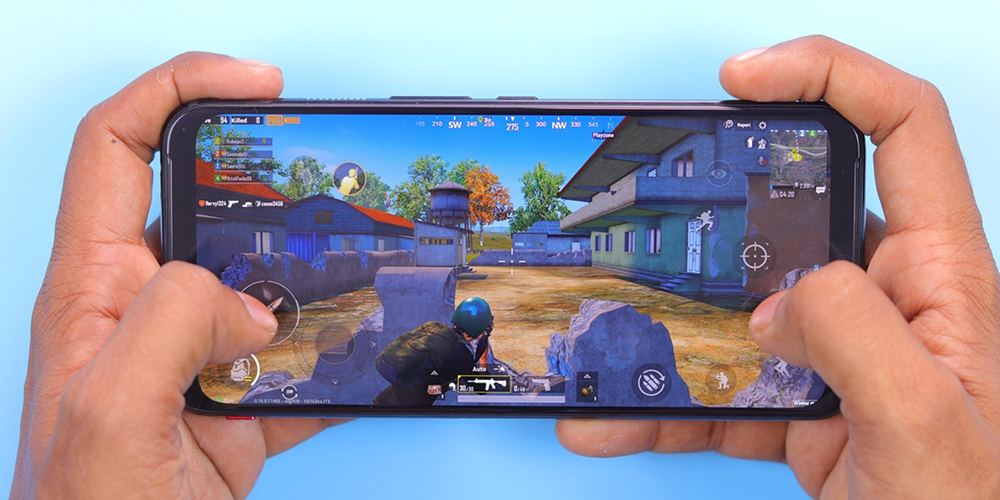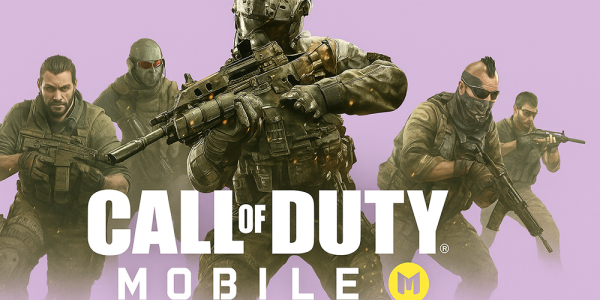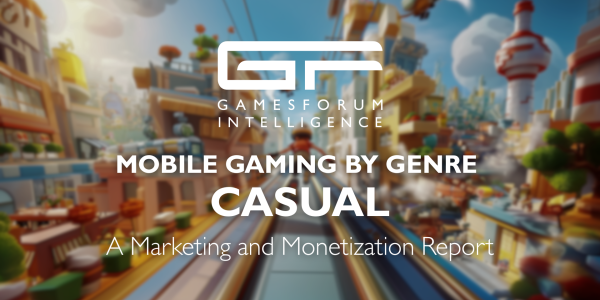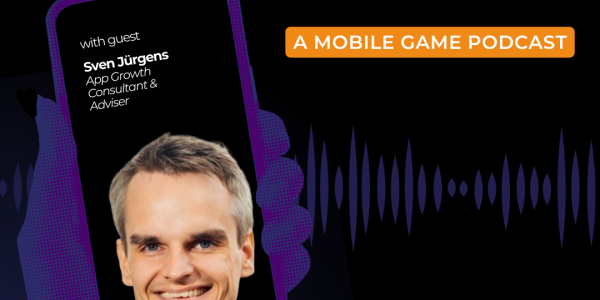Midcore Games in 2025: Navigating New Challenges and Opportunities

The gaming landscape is continually evolving, with midcore games uniquely positioned within this dynamic ecosystem. I often get asked, "What is a midcore game anyway?" For me, good midcore games strike a balance between the simplicity of casual games and the complexity of RPG and strategy games. They typically offer deeper gameplay mechanics, strategic layers, character progression systems, and immersive storytelling without the steep learning curve often associated with more hardcore titles.
A few games I’d categorize as successful midcore games include Clash of Clans, Empires and Puzzles, and Raid: Shadow Legends. While Empires and Puzzles could be argued as casual, the metrics align much more with the other two. These games exemplify midcore attributes, appealing to players who want meaningful yet manageable gaming experiences, offering more snackable content but with significantly larger content wheels, allowing players to stick around for years and spend substantial amounts of money.
However, today’s gaming climate presents significant challenges impacting midcore gaming. The biggest among them is the substantial rise in CPI. AppsFlyer recently reported a 40% year-over-year increase in CPI in North America alone. This surge has pressured studios to reconsider their user acquisition strategies, significantly restricting the volume of new users that studios can economically acquire through traditional advertising methods. As I’ve been saying for a while, the unit economics in mobile is broken, and to get back to the good days of double-digit CAGR, we need to move past this.
Studios have now strategically shifted towards more qualitative user acquisition strategies. Rather than merely pursuing volume, developers increasingly focus on ROAS campaigns, emphasize community building, and enhance PvP functionalities. For example, Marvel Contest of Champions and Empires & Puzzles have successfully fostered strong player communities by regularly hosting competitive PvP events and providing community-focused platforms like Discord for player interaction. This approach naturally drives higher engagement rates and longer-term retention, mitigating dependency on costly acquisition.
Similarly, I’ve seen midcore studios follow the social casino VIP playbook by giving their most loyal players unique experiences and content, which strengthens the bond between studio and player even more.
Influencer marketing has simultaneously become a highly effective alternative acquisition channel. Influencers with large, engaged follower bases provide authentic endorsements that resonate more deeply with potential players than traditional advertisements. Notably, Raid: Shadow Legends has extensively leveraged influencer partnerships, boasting high-profile sponsorships with creators such as HellHades. This strategy has significantly boosted both brand recognition and player acquisition, with industry reports indicating that influencer-driven installs are up to 25% cheaper than traditional digital marketing. When studios manage to ride the virality wave, they can see huge spikes in daily downloads (albeit for limited periods).
Another trend we’re seeing across gaming is consolidation through studio acquisitions, which also defines the current landscape, exemplified by MTG’s acquisition of Plarium. This strategic move reflects broader industry trends of large companies consolidating resources to enhance market presence, operational efficiencies, and content innovation capabilities. This consolidation allows studios to capitalize on shared technological advancements and comprehensive market insights, driving broader competitive advantages.
Ultimately, it’s never been harder to launch a new game. The market is consolidating because it’s now more mature, and as a result, we will continue to see bigger studios bet on sure things, like Plarium, which was acquired for over $600 million. I recently visited their office to give an industry talk and can happily say that the company is going from strength to strength, hitting new records over the past six months. For a mature game, that’s generated $1.3bn in lifetime revenue that is incredible.
Studios are also intensifying efforts in live ops, recognizing their effectiveness in increasing player engagement and monetization. According to a recent GameAnalytics report, studios that have doubled the frequency of live ops events have seen as much as a 20% increase in ARPU. Games like AFK Arena and Marvel Strike Force have mastered this strategy by regularly releasing new events and content, significantly boosting player retention and correlated LTV.
Another development in live ops is improving personalization in user experiences, which, through companies like Elevatix, or their own internal tech stack, has become increasingly sophisticated and easier to implement, moving beyond basic segmentation strategies. Leveraging advanced AI and machine learning techniques, studios are now offering hyper-personalized content and gameplay experiences. Personalization data from Unity Technologies recently revealed that personalized gaming experiences can improve player retention rates by up to 30%. Companies like Zynga and Supercell extensively deploy personalized gameplay paths, adaptive difficulty settings, and tailored promotions, enhancing overall player satisfaction and retention. From the FTUE onwards, players are receiving tailored experiences, which is crucial in the attention economy, especially when competing against non-gaming platforms like TikTok.
Lastly, the trend towards D2C strategies, led by companies like Stash through dedicated and highly customized web stores, continues to gain momentum. By offering in-game currencies and exclusive bundles directly to players, studios bypass traditional platform fees (usually 30%), substantially enhancing profit margins. Games like Genshin Impact have successfully capitalized on this, significantly increasing revenue through personalized offers and promotions delivered directly via their websites. The additional margin then goes back into rebalancing the unit economics and increasing UA, which in turn gives the market the ability to grow beyond its current means.
Final Thoughts
Midcore gaming studios navigating the 2025 landscape must strategically adapt to rising marketing costs by leveraging innovative channels like influencer partnerships, D2C, and aggressively pursuing community-centric, personalized gaming experiences. By turning challenges into opportunities, they are well-positioned for sustained growth and continued success.
Join us at Gamesforum Hamburg, where industry leaders will dive deep into the world of Midcore games. Secure your spot here.
For an in-depth analysis of Midcore games, explore our comprehensive Midcore Report here.











